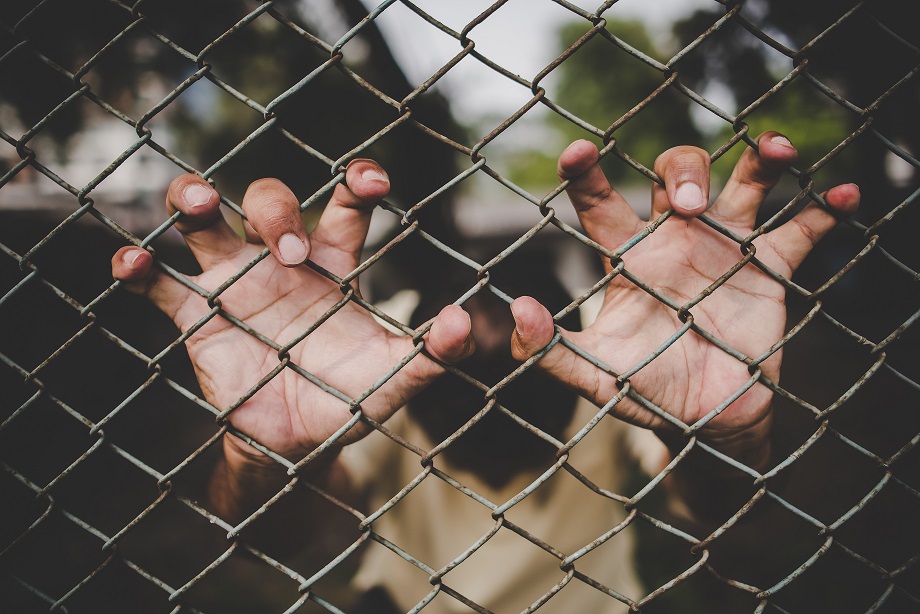Every safeguarding professional aspires to provide an environment in which each child for whom they are responsible can flourish in all aspects of their lives (their personal, social and academic development, their physical & mental health) so that they can fulfil their potential, make a positive contribution to society and achieve economic wellbeing.
Recently published statistics from the DFE show that for many of the current 82,170 looked-after children that aspiration has not translated into a reality.
Looked-after children statistics
Unfortunately, the DFE’s statistics showed a generally upwards trend in the number of convictions for looked-after children (aged 10-17):-
- 36,730 in 2018
- 39,620 in 2020
- 40,471 in 2021
- 39,930 in 2022.
Those findings, however, need to be contextualised by the Youth Justice Board’s statistics which suggest a difference between the number of convictions recorded and the number of children found to have offended. Its 2020-2021 data records that there were 15,800 children (also including those who are not looked-after) sentenced or cautioned in that year. This suggests that some children are likely to have received convictions for multiple offences and, therefore, the scale of the problem is smaller (albeit no less significant) than the number of convictions alone would imply.
In December 2022, the Office of National Statistics published its findings on the educational background of children in care who have interacted with the criminal justice system. It identified that:-
- more than half (52%) of looked-after children born in the academic year ending 1994 who attended school in England had a criminal conviction by the age of 24 years compared with 13% of children who had not been in care.
- looked-after children typically received their first custodial sentence at a younger age than their peers who had not been in care. On average, looked-after children received their first custodial sentence in the academic year they turned 18 years. For children who had not been in care, this was in the academic year they turned 20 years.
- of the children in care who received a custodial sentence, 18% were under 16 when they were imprisoned for the first time, this is 4.5 times higher than for those who have never been in care (4%).
- around 30% of looked-after children who received an immediate custodial sentence by age 24 years had received one by the academic year they turned 16 years. For children who had not been in care, the figure was 9%.
The Children’s Commissioner also identified that the DFE’s statistics showed particular vulnerabilities for looked-after children with educational deficits or from specific ethnic backgrounds:-
- Children in care who were in custody also had lower attainment at Key Stage 4 than those who did not interact with the criminal justice system… 16% of children in care who did not interact with the criminal justice system passed five GCSEs including English and maths. This compares to the 2% pass rate of children in care who received a custodial sentence.
- of the children in care in custody, 92% had Special Educational Needs and Disabilities (SEND), such as behavioural and emotional disorders and dyslexia. They were also more likely to have been excluded or suspended from school, with 1 in 5 having previously been excluded and 4 in 5 suspended.
- high overrepresentation of black and mixed-race boys across the justice system. Black (19%) and Mixed (21%) children in care had higher rates of imprisonment than White (15%) or Asian (7%) children in care. By contrast, white children in care were most likely to receive a caution (40%) or a sentence with no jail time.
Josh McAllister’s Independent Review of Children’s Social Care (2022) estimated that “by this time next decade there will be approaching 100,000 children in care”. It is reasonable to suggest that with increasing numbers of looked-after children and the trends identified above, without the proposed system reset there will be a corresponding rise in the number of looked-after children engaged with the criminal justice system.
How has it come to this?
There are many complex reasons for the link between looked-after status and offending behaviours and it has been the subject of multiple in-depth research projects over the years. However, broadly speaking, predictors of involvement in offending behaviour mirror the factors that lead to children’s reception into care:-
- Past abuse or neglect
- Unstable living conditions
- Poor quality parenting/learnt behaviours
- Undeveloped coping skills/normalisation of antisocial behaviours
- Economic deprivation
- Poor mental health/cognitive deficiencies
There is also evidence that children out of education or placed in residential care are vulnerable to engaging in criminal behaviour through peer dynamics/reinforcement.
In considering how it has come to this, we cannot ignore society’s (and the government’s) response. Children are not inherently programmed to offend and the chronic nature and extent of these statistics do suggest that not enough has been done to effectively address this issue between birth and the commission of the offence.
How can this be resolved?
With predictors of offending behaviour mirroring those predicting looked-after status, perhaps a good and obvious starting point is addressing the deficiencies in the children’s social care system itself. As Josh MacAlister put it…
“What we need is a system that provides intensive help to families in crisis, acts decisively in response to abuse, unlocks the potential of wider family networks to raise children, puts lifelong loving relationships at the heart of the care system and lays the foundations for a good life for those who have been in care”.
We (still) await the government’s response to the MacAlister review and remain hopeful that its recommendations will be implemented at the soonest.
Supplemental strategies might involve more considered decisions of placement options for children who cannot remain within their families, promoting positive behaviour and developing resilience, employing diversionary tactics and/or adopting restorative approaches.
How Advanced CCA can help…
Many of our expert panel of Independent Social Workers have professional experience of youth justice and assessing risks involving criminal conduct and Child Criminal Exploitation. Our skilled Parenting Practitioners also have experience in supporting families in which children are beyond parental control through parenting skills work or relationship repair work.
However, if it’s psychological assessment or intervention that’s required, whilst we can’t help we know a company that can! Our fellow Handl Group partner company, Foresight, has developed a panel of expert child psychologists, and other expert witnesses and is able to offer expert opinions and reports as part of family, criminal or immigration law proceedings. They would be delighted to assist, so if ever the need arises please do get in touch.



